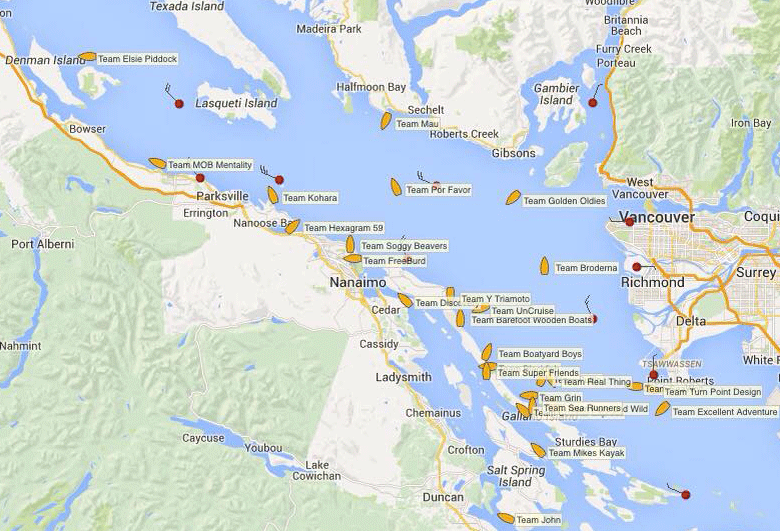
Daring Delta Ditch Run
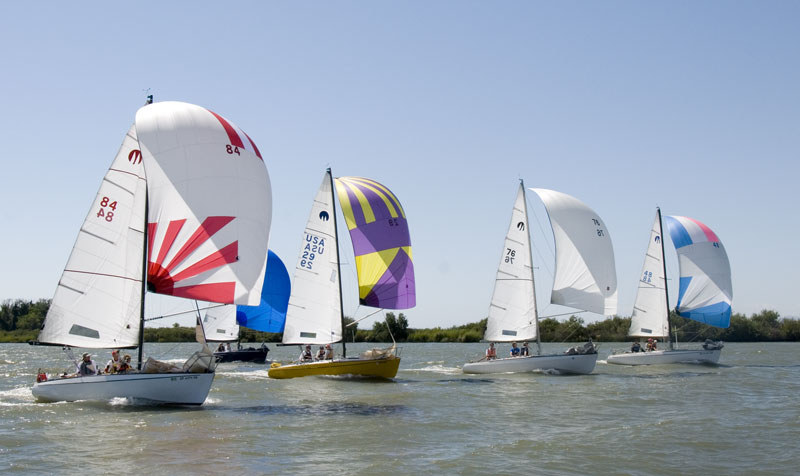
©Latitude 38 Media, LLC
If you asked the question, "How was the Delta Ditch Run?" you got answers that ranged from, "There was so much carnage," to "The boat lit up and got on a plane for 5-10 minutes, with water shooting out. It was pretty amazing."
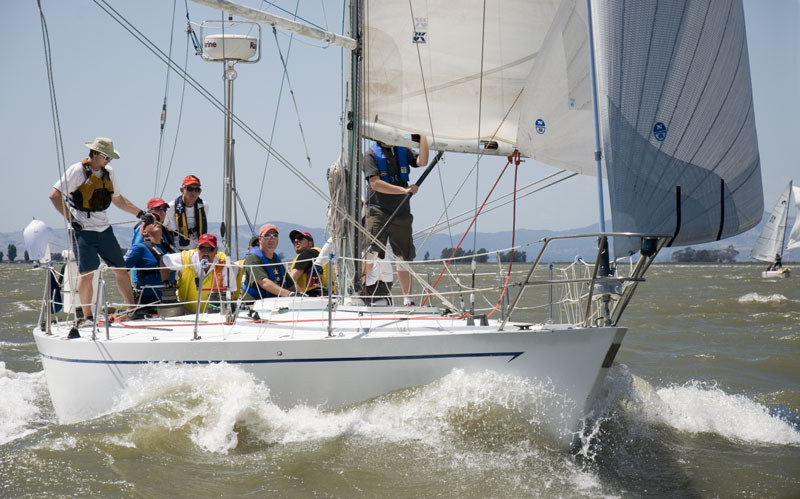
©Latitude 38 Media, LLC
The carnage began right at the start, including a capsized catamaran, and continued the whole way from Richmond to Stockton, the race course littered with casualties: boats running aground or losing rigs (or parts of rigs), exploding sails and man-overboard drills (we heard several tales of men overboard, but no women). Almost no crew member escaped the 67-mile race unscathed; most gave blood to the cause. First aid kits and tool kits were revisited frequently.
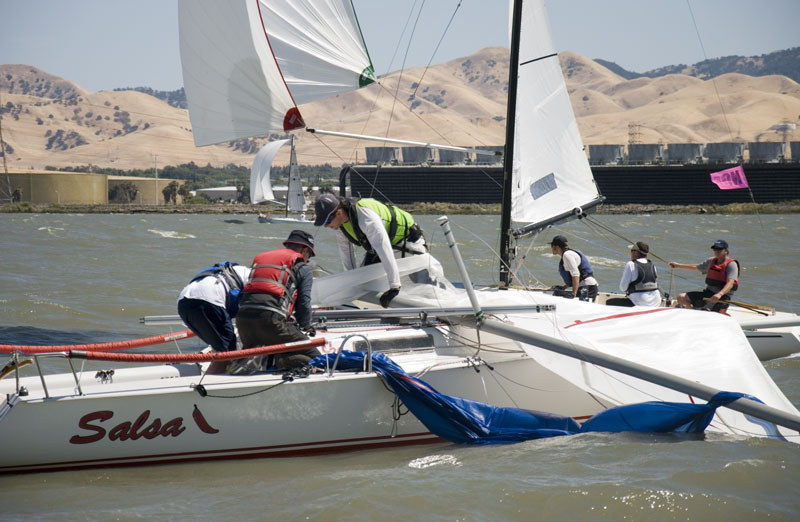
©Latitude 38 Media, LLC
Those with wind instruments saw gusts into the low thirties, so this silver anniversary Ditch Run was not actually the windiest one in recent memory. We’ll have a longer report and more photos in the July issue of Latitude 38.
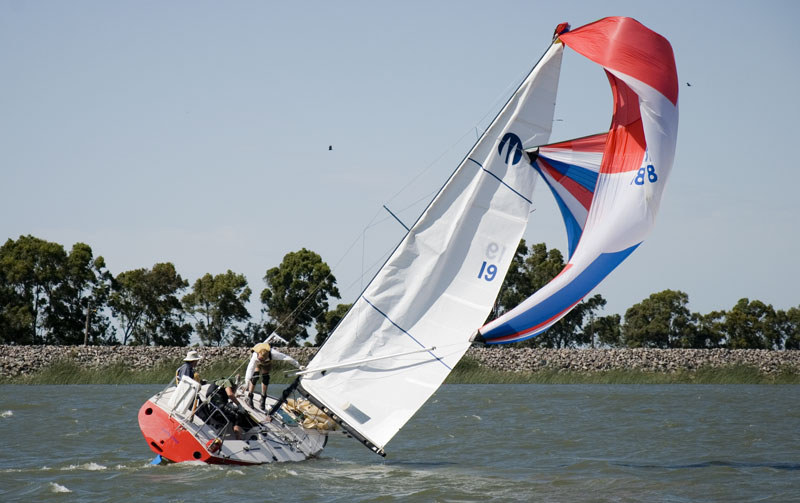
©2015Latitude 38 Media, LLC
The Delta Ditch Run and Delta Doo Dah buddied up this year, with nine boats cross-registered. About half of those sailed in the Ditch Run’s growing Cruising Division, which was up to 21 from last year’s 15. Stockton Sailing Club hosted a BBQ for the Doo Dah on Sunday, which turned out to be a perfect, sunny, warm day.
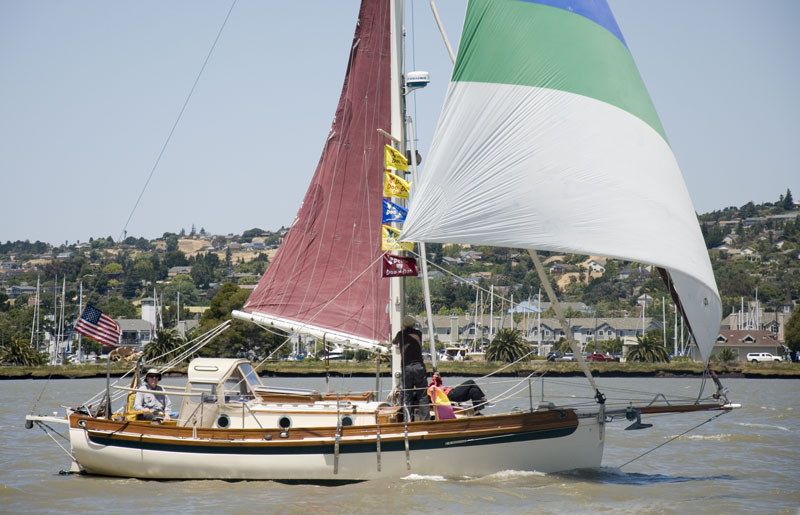
©Latitude 38 Media, LLC
Two sailors attempted a sort of Ironman Biathlon. Karl Robrock and Steve McCarthy sailed in the Coastal Cup, starting from San Francisco Bay on Wednesday and finishing on Friday in Santa Barbara. They packed up the boat, trailered to Richmond, and dropped into the Ditch Run, exchanging a Coastal Cup crew from SoCal for Karl’s wife Angie. Had they been properly registered, they would have placed second in the 25-boat Moore 24 division. We’ll have a report on the Coastal Cup here on Wednesday.
Joyon’s Jules Verne Program
Francis Joyon has held the solo round-the-world record since 2008, and now the 59-year-old Frenchman is about to attempt what would be a historic double in the history of ocean racing. Joyon will attempt his first crewed record, the outright crewed round-the-world record (aka Jules Verne Trophy), which is currently held by Loïck Peyron (Peyron’s record of 45d 13h 42m 53s was set in 2012 aboard the Maxi trimaran Banque Populaire V). "This is a huge challenge: I could become the first sailor to smash the solo round the world record and then the crewed record," said Joyon. He set the solo record of 57d, 13h, 34m and 6s with the 97-ft trimaran IDEC.
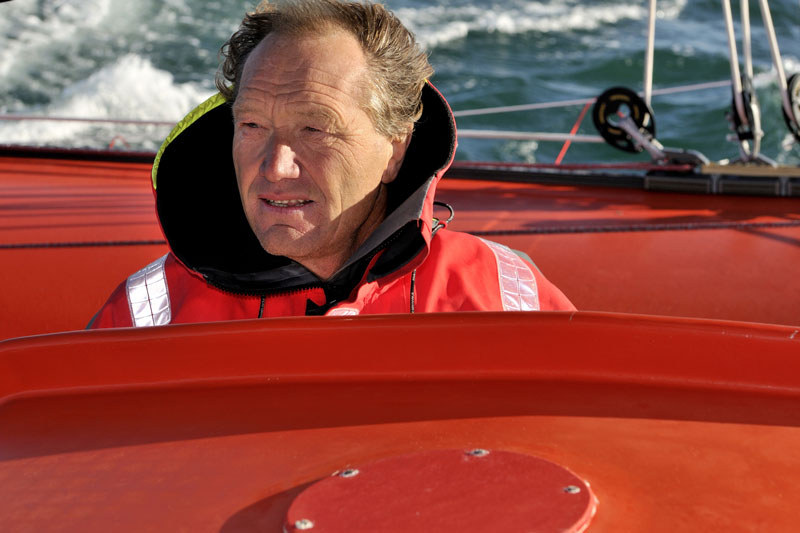
Joyon will make the new attempt with Franck Cammas’s former Groupama 3, the boat that took the Jules Verne Trophy in 2010 with the Bay Area’s Stan Honey navigating. The same boat also won the last two editions of the Route du Rhum. You may recall that Loïck Peyron triumphed in that solo race last November with the 103-ft tri, then named Banque Populaire VII. In 2010, Franck Cammas was the winning skipper.
The boat has been reconfigured for the new record attempt. Sticking with his principle of simplicity and efficiency, Joyon has opted for a smaller rig, such as one might see in solo sailing, and a maximum of six crew. "The smaller mast is more efficient and offers better performance when the wind is above 20 knots, and it enables the boat to be safer and to cut through the water better," explained Joyon. "Having a smaller crew means the way we work on board will be simplified and we can go for a light weight approach."
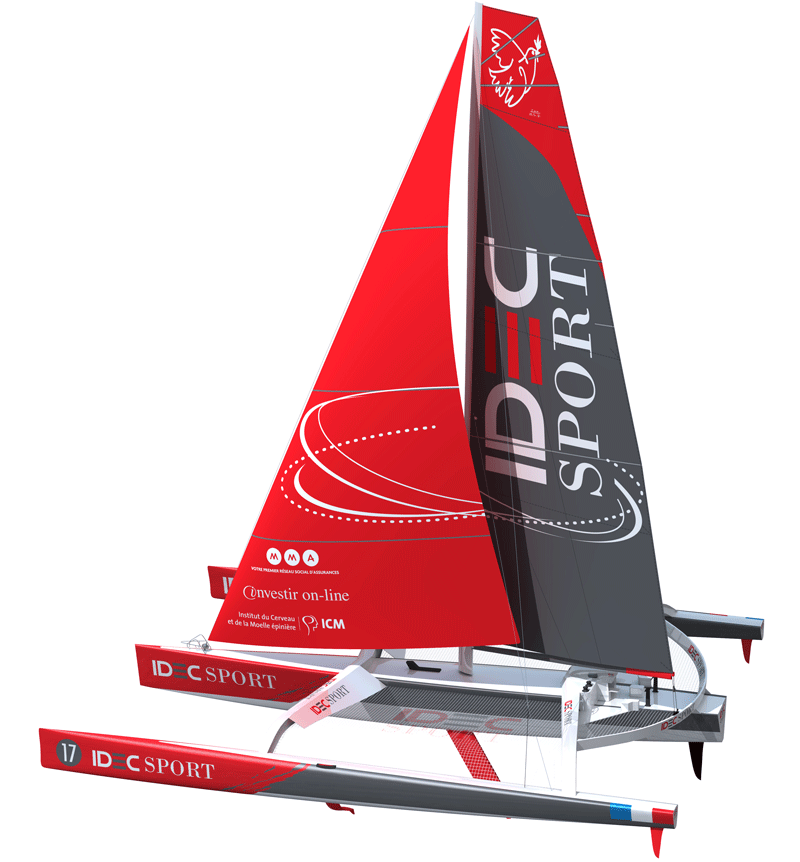
Joyon expects to take delivery of the rebranded IDEC Sport in September and stand by for a weather window in November. To make things even more interesting, another, bigger boat will also be waiting. The 140-ft Spindrift 2, the world’s largest ocean racing trimaran, is none other than the former Banque Populaire V, the current holder of the Jules Verne Trophy.
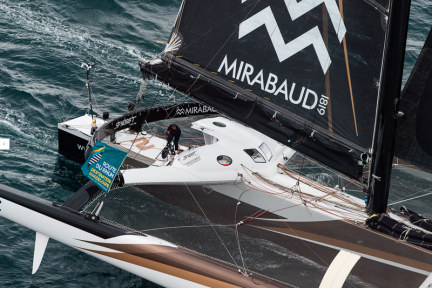
The start-finish line of the Jules Verne is between the Créac’h lighthouse on Ouessant (Ushant) Island west of mainland Brittany, and the Lizard lighthouse on the southwest tip of Cornwall. The course leaves the three Great Capes to port. See www.idecsport-sailing.com.
Former Marinite Near Lead in R2AK
Norton Smith lived in Mill Valley when he won the inaugural Singlehanded TransPac in 1978 with a Santa Cruz 27. Two years later he won both stages of the inaugural Mini Transat from Portsmouth, UK, to Antigua via the Canaries with the Wylie 20 American Express. Smith, who we believe now lives in the Port Townsend area, is back for another inaugural event. Smith and his shipmate Piper Dunlap, sailing the Hobie 20 Hexagram 59 (from the I Ching), modified so it can also be propelled by pedal power, are currently as good as tied for first in the inaugural R2AK, a 750-mile sail/paddle race from Port Townsend to Ketchikan, Alaska.
The somewhat wacky nature of the event — $10,000 for first place, a set of steak knives for second — caught the imagination of 59 skippers of everything from the likes of a Montgomery 15, to a Mirror 15 dinghy, to an Etchells sloop, to production multihulls — to the editors of the front page of the New York Times.
The R2AK is split into two stages. Stage 1 is the ‘Proving Ground’, 40 miles from Port Townsend to Victoria. Stage 2 is the ‘Long Haul’, 710 miles from Victoria to Ketchikan. Fifty-three entries answered the starting gun, which was fired at dawn on June 4 with 20 knots of wind on the beam.
You can imagine what happened. According to organizers, “Calamity fell soon after the horn as teams bashed into the wall of wind and waves advancing around Point Wilson just north of Port Townsend. Some teams took the bravest route — assessing the condition of the weather and their boat, they stared down their year-long desire to be in the race and exercised the better part of their valor, reconsidering the launch or returning to shore shortly after experiencing the first cycle of the washing machine. There were teams that fared less well, affirming the phrase that ‘The sea finds out what you did wrong.’ Masts came off, boats were swamped, boats were capsized, crews disintegrated under pressure and parted company when they hit the beach. In all, 13 teams, some pre-race favorites, exited the race before Victoria.”
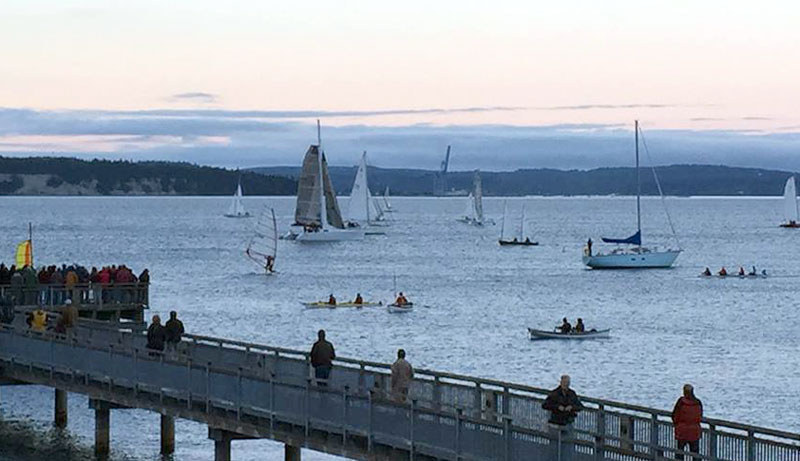
Team Golden Oldies, with a crew of six aboard the Crowther 38 Super Shockwave, won the first leg, arriving at 9:18 that morning, as they had wind and they not only have a multihull, they have waterline on the rest of the fleet. They finished in just four hours, a 10-knot average. The slowest of the non-dropouts took 32 hours, averaging just over one knot, to reach Victoria.
Stage 2 started yesterday, and, wonder of wonders, the multihulls, including little Hexagram 59, are at the front of the fleet. So is a group of six soon to be very tired men in an outrigger canoe. You can follow the fleet at the event’s website www.r2ak.com.
